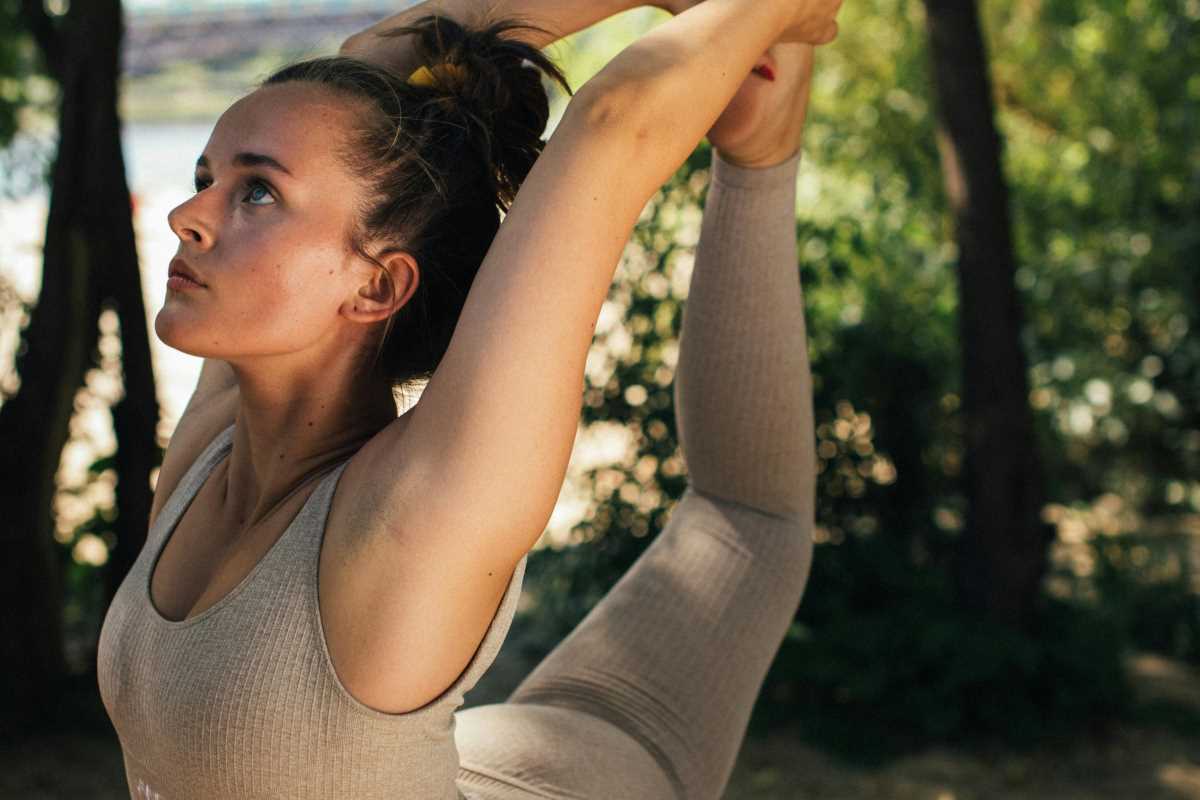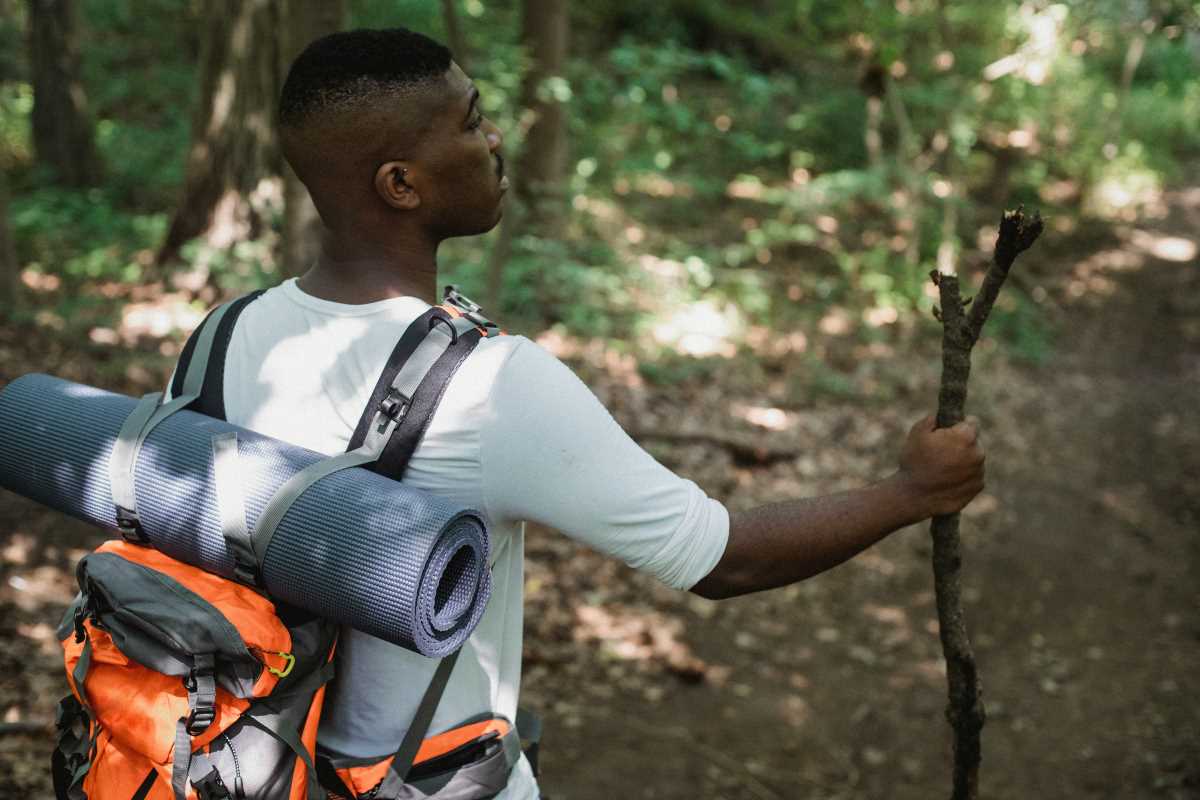Stress can sneak up on us at the most inopportune moments. Maybe you’re buried under a pile of work deadlines, or the noise of everyday life feels just a little too loud. But what if I told you there’s a way to feel renewed and calm, without stepping outside or even getting up from your chair? This is the power of guided imagery, a simple yet effective relaxation technique you can use anytime, anywhere.
Guided imagery, sometimes called “mental visualization,” is a mindfulness practice that uses your imagination to create soothing sensory experiences. By mentally transporting yourself to a peaceful place, you can instantly shift your focus, release tension, and gain a sense of calm—even in the midst of chaos. The best part? You don’t need special tools or a ton of time to make it work. Here’s how guided imagery works, and how you can use it as a stress-relief tool.
What Is Guided Imagery, and How Does It Work?
Guided imagery engages your mind and body in a powerful way. When you vividly imagine a relaxing environment, your brain reacts as though it’s actually there. Using specific imagery, you can “trick” your body into experiencing relaxation by slowing your heart rate, lowering stress hormones, and calming the nervous system.
Think of it like this: Have you ever watched a suspenseful movie and felt your heart race during a particularly tense scene? That’s your brain reacting to what it sees—even though you’re perfectly safe. Guided imagery works in the same way, except you’re imagining a positive scenario designed to calm you, not scare you.
Regular practice can help reduce stress, improve focus, and even alleviate physical symptoms like headaches or muscle tension. It’s like a mental vacation—but one you can take anytime you’d like.
How to Practice Guided Imagery
Getting started with guided imagery is simple, and you can tailor it to fit your preferences. Here’s a step-by-step guide to get you started:
1. Find a Quiet Space (Or Create One)
You don’t need complete silence, but choose a spot where you can sit comfortably without interruptions for a few minutes. If you’re at your desk, turn off notifications, close the door, or pop in some noise-canceling headphones to minimize distractions.
2. Get Comfortable
You can do guided imagery sitting upright or even lying down if the environment allows it. The goal is to feel relaxed but alert. Rest your hands on your lap or at your sides, and gently close your eyes.
3. Focus on Your Breathing
Start by taking three deep breaths. Breathe in slowly through your nose, hold it for a moment, and then exhale through your mouth. Imagine each inhale filling you with calm, and each exhale releasing tension. This step helps anchor you in the present moment and readies your mind for visualization.
4. Choose Your Setting
Now, imagine a place that feels peaceful and comforting to you. This could be a warm, sandy beach, a lush forest, a cozy cabin, or even a spot from your childhood where you felt safe and happy. If nothing comes to mind, don’t worry—I’ll guide you through a couple of scenarios later.
5. Engage All Your Senses
The key to effective guided imagery is building the scene with rich, sensory detail. Ask yourself:
- What do I see? Picture colors, shapes, and textures. For a beach, you might imagine the golden sand glistening under a bright sun.
- What do I hear? Maybe it’s the sound of waves crashing, birds chirping, or leaves rustling in the wind.
- What do I feel? Imagine physical sensations like the warmth of the sun on your skin or the cool breeze of forest air.
- What do I smell? Is it the fresh scent of pine, salty ocean air, or the smell of flowers blooming nearby?
- What do I taste? If food fits your scene, imagine biting into something soothing, like a sweet, juicy orange or sipping herbal tea.
6. Immerse Yourself
Stay in your chosen setting for a few minutes. Imagine yourself walking through the scene, exploring, or simply soaking in the environment. Anytime your mind wanders, gently bring it back by focusing on one of your visualized senses.
7. Return Gradually
When you feel ready to wrap up, take a moment to notice how your body feels. Slowly wiggle your fingers, open your eyes, and take one last cleansing breath. Carry that sense of calm with you as you return to your day.
Examples of Guided Imagery Scenarios
If you’re not sure where to start, here are a few guided imagery settings to try:
A Serene Beach
Picture yourself sitting on the soft, warm sand of a quiet beach. The sun shines gently above, casting a golden glow across the ocean waves. The rhythmic sound of the waves relaxes your breathing as you dig your toes into the cool, damp sand beneath you. A salty breeze brushes your face, carrying the distant cries of gulls. You feel completely at ease, soaking up the peaceful beauty of this moment.
A Peaceful Forest
Imagine stepping into a shaded forest, surrounded by towering trees swaying lightly in the breeze. Sunlight filters through the leaves, creating dappled patterns of warmth on the cool forest floor. You hear the sound of a bubbling brook nearby, accompanied by the occasional chirp of birds. The soothing scent of moss and pine fills the air. Each step you take feels grounding, and the forest's peaceful energy flows through you.
A Cozy Cabin
Close your eyes and picture yourself in a small, rustic cabin nestled in the mountains. The scent of wood smoke from the fireplace fills the room. You’re wrapped in a soft blanket, sipping a warm drink while gazing out at snow-capped peaks through the window. The crackle of the fire and the quiet stillness outside create a sense of comfort and safety, letting you completely unwind.
The beauty of guided imagery is that it’s entirely personal. You can revisit these scenarios or build your own using places and details that resonate most with you.
Tips for Incorporating Guided Imagery Into Daily Life
Consistency is key when it comes to reaping the benefits of guided imagery. Here’s how to make it a regular part of your stress management routine:
- Start Small: Dedicate just 5–10 minutes a day to guided imagery. Over time, you can extend sessions as you build the habit.
- Pair It With Breaks: Practice imagery during lunch breaks, between meetings, or right after waking up to set a calm tone for the day.
- Use Apps or Recordings: If creating your own scene feels challenging, guided meditation apps or YouTube videos can walk you through different visualizations.
- Combine With Other Relaxation Techniques: Pair guided imagery with deep breathing, aromatherapy, or soothing music to enhance its effects.
- Be Patient: Like any skill, guided imagery gets easier with practice. The more vividly you imagine your setting, the faster you’ll enter a state of relaxation.
The Benefits of Guided Imagery
Research shows that guided imagery can do more than just reduce stress. It can improve mental clarity, enhance sleep, and even boost the immune system by promoting relaxation. Many athletes and performers use visualization techniques to mentally rehearse success, proving how powerful the mind-body connection can be.
By taking a few minutes a day to engage your imagination, you’re not only giving your body a break from the physiological effects of stress, but you’re also training your mind to find calm amidst the chaos.
The next time stress creeps up, take a moment, close your eyes, and explore the power of your mind. Whether you lose yourself in the rhythm of ocean waves or the familiar comfort of a warm cabin, guided imagery can help you find solace, no matter where you are.
.jpg) (Image via
(Image via

.jpeg)



